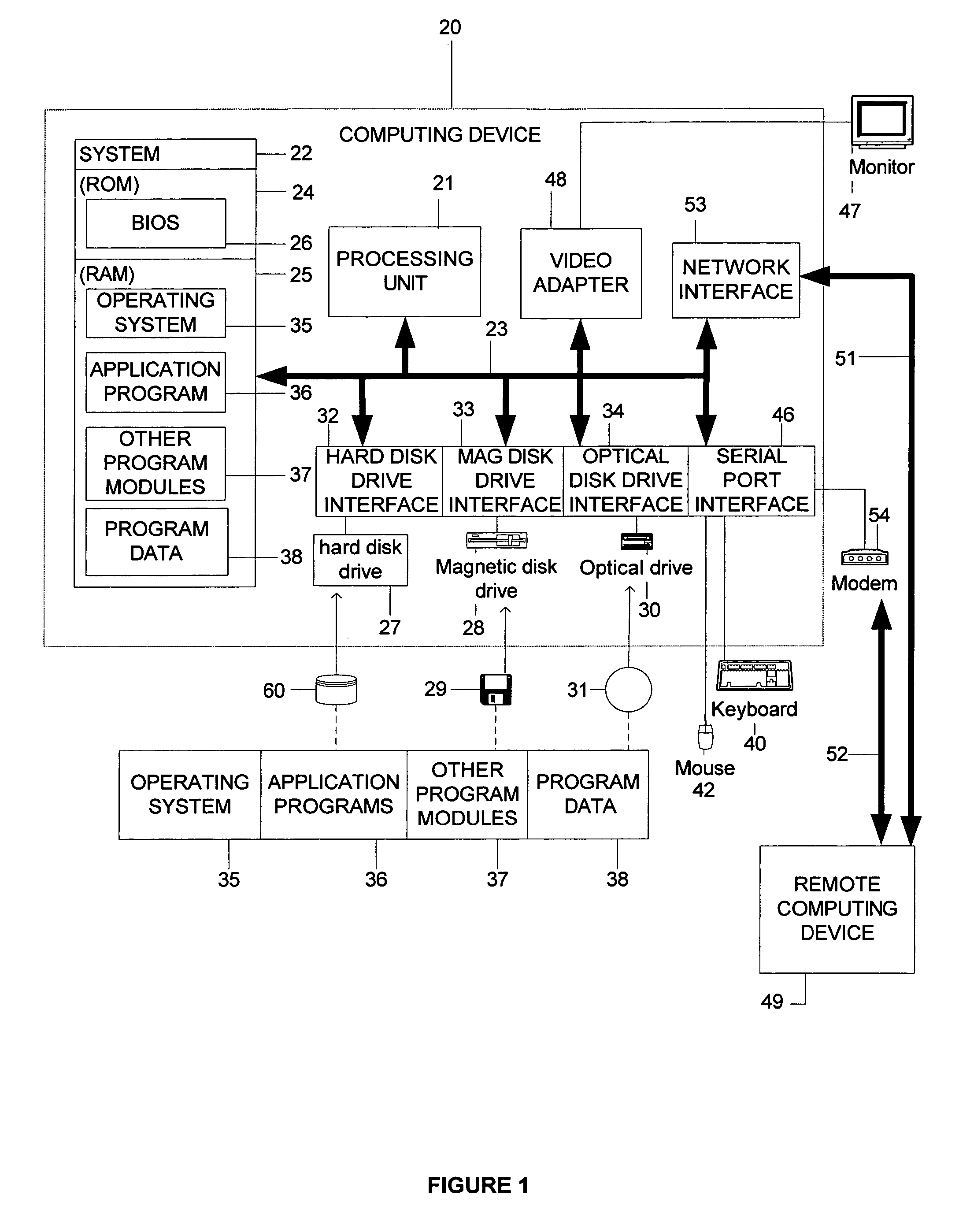Byzantine fault quantifying clock synchronization
a clock synchronization and fault technology, applied in the field of distributed systems and computer applications, can solve the problems of reducing the reliability of each device, affecting the efficiency of the time-sending of messages, and many of the personal computing devices of today's time-consuming and complex problems, so as to achieve the effect of more efficient time-sending of messages
- Summary
- Abstract
- Description
- Claims
- Application Information
AI Technical Summary
Benefits of technology
Problems solved by technology
Method used
Image
Examples
Embodiment Construction
[0028] For many of the functions performed by distributed computing systems, it is not necessary to for every device of the distributed computing system to have a precisely synchronized clock. Instead, a precise quantification of the clock synchronization error can often yield a more useful benchmark. For example, a common function performed by distributed computing systems is the maintenance of multiple copies of a database. To avoid corrupting the data stored within the database, generally only a single computing device from the distributed computing system will be allowed to modify data in the database at a given time. One common mechanism for ensuring that only one computing device is allowed to modify data at any given time is to grant leases to individual computing devices, whereby only those computing devices that have a lease have the right to edit the data in the database while their lease is pending.
[0029] Often a lease granted to one computing device will expire at the s...
PUM
 Login to View More
Login to View More Abstract
Description
Claims
Application Information
 Login to View More
Login to View More - R&D
- Intellectual Property
- Life Sciences
- Materials
- Tech Scout
- Unparalleled Data Quality
- Higher Quality Content
- 60% Fewer Hallucinations
Browse by: Latest US Patents, China's latest patents, Technical Efficacy Thesaurus, Application Domain, Technology Topic, Popular Technical Reports.
© 2025 PatSnap. All rights reserved.Legal|Privacy policy|Modern Slavery Act Transparency Statement|Sitemap|About US| Contact US: help@patsnap.com



